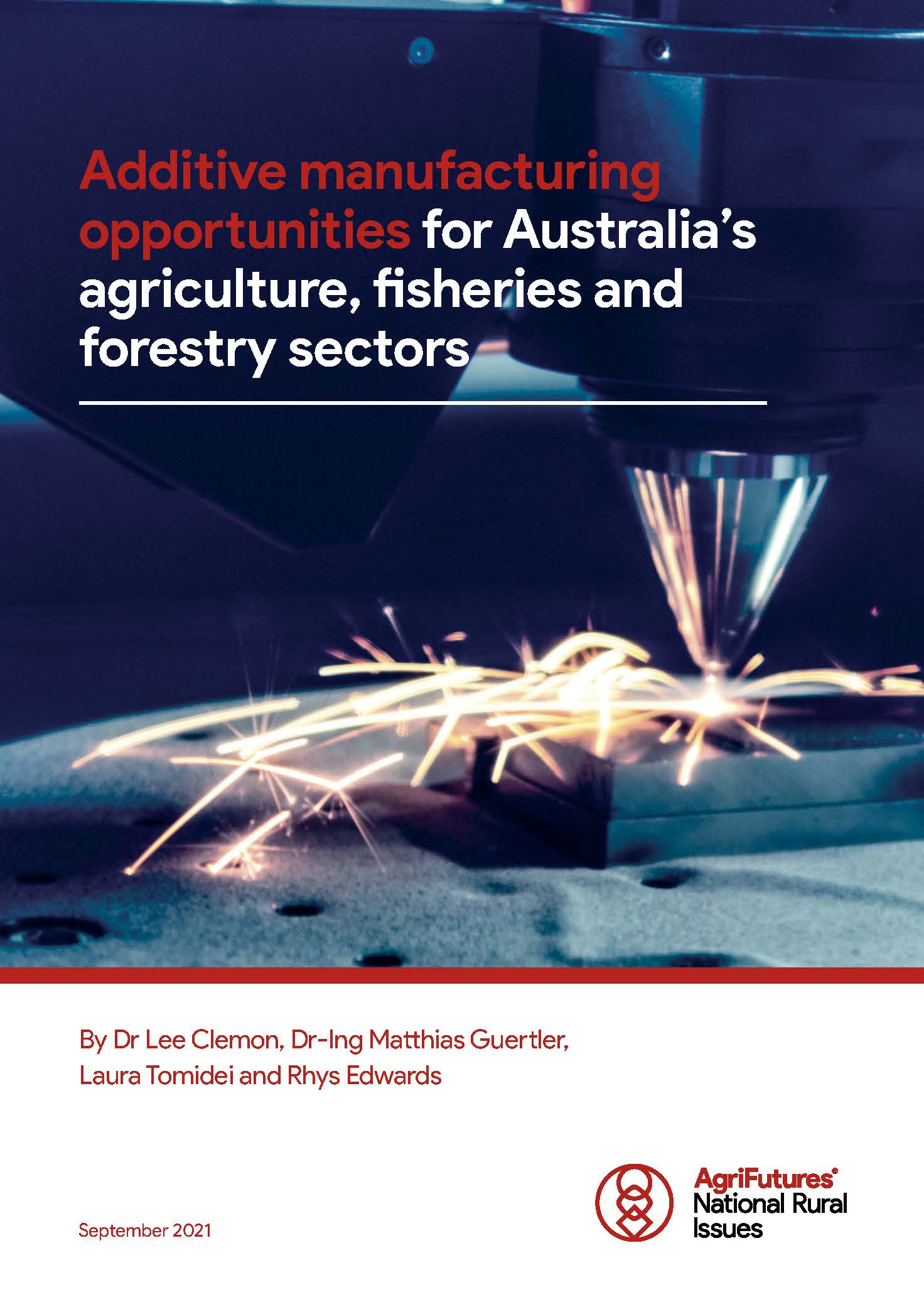That’s according to a new report by AgriFutures Australia, commissioned to inform producers, machinery manufacturers and product suppliers of the advantages 3D printing could offer Australia’s rural industries.
The University of Technology study Additive manufacturing opportunities for Australia’s agriculture, fisheries and forestry sector found that additive manufacturing, more commonly known as 3D printing, has huge potential for on-farm and on-boat application.
3D printing is fast and durable and recent advances in the printing of custom projects are now a reality for sectors like mining, health and construction. Farmers will benefit from this technology through quick and easy access to items like replacement parts, and the ability to build bespoke designs to meet exact specifications. For manufacturers, it may mean holding less inventory and quicker turnaround times on orders.
Internationally, we are already starting to see 3D printing deliver gains for agriculture. University of Technology lead researcher, Dr Lee Clemon, wants to shine a spotlight on these successes to assist with increasing the adoption of 3D printing in Australia.
“3D printing is game-changing in its flexibility to deliver on-demand products, customisation, and design optimisation that other manufacturing methods cannot compete with,” said Dr Clemon.
“Thinking differently about product design and distribution will support new opportunities outside of traditional global manufacturers and distributors.”
Take for example international machinery company, CNH Industrial, who owns well-known agricultural machinery brands Iveco, New Holland and Case IH. In 2019, the company revolutionised its production processes by producing components and spare parts using 3D printing.
All products were printed locally and on-demand within 24 to 36 hours from the time of ordering, resulting in a significant increase in the speed in which parts reached their customers, reduced warehousing costs, and ultimately reduced costs for the producer.
Miss the 3D printing webinar? Watch it here!









